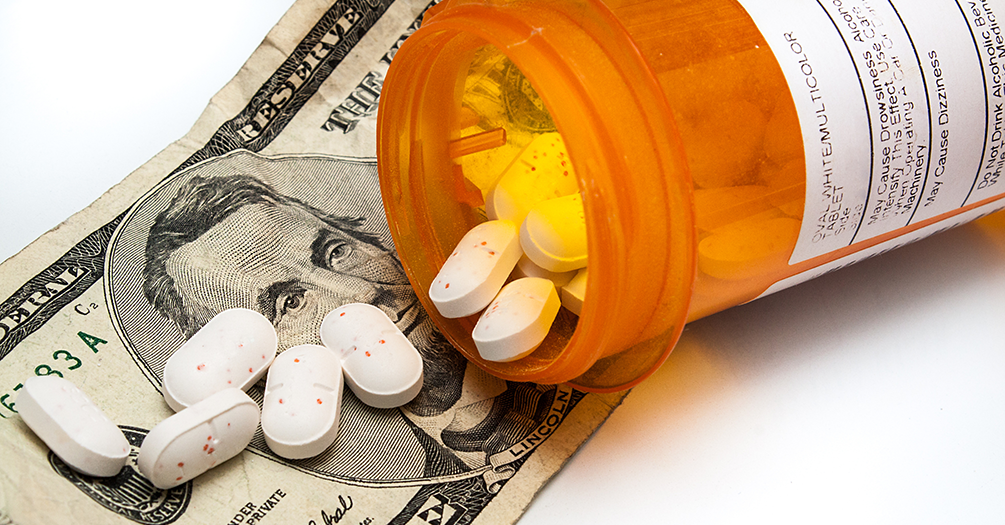9 million Medicare beneficiaries to benefit from new drug pricing, but careful monitoring needed, says U-M researcher

The US Department of Health and Human Services (HHS) announced last week that it has negotiated lower prices for 10 high-cost medications—set to take effect in 2026—for individuals with Medicare Part D coverage, which covers around 9 million older adults. The negotiated medications treat conditions such as heart disease, diabetes, and cancer.
Minal Patel, professor of Health Behavior & Health Equity at the University of Michigan School of Public Health, notes the negotiations as a significant step toward reducing healthcare costs.
"The successful negotiation of the list price for high-cost medicines used to treat and manage some of the most prevalent chronic conditions demonstrates that change is possible when it comes to addressing the epidemic of health-related financial toxicity impacting a wide range of Americans," Patel said.
"While this negotiation was specific to the Medicare Part D program for older adults, it’s important to remember that nearly half of Americans across all insurance types report difficulty with affording healthcare and compromise care-seeking and disease management because of affordability challenges. One-third are forced into medical debt," Patel added.
Patel emphasized that the Centers for Medicare & Medicaid Services (CMS) must carefully monitor the implementation to ensure that the cost savings benefit the intended recipients.
"CMS must ensure the anticipated cost-savings for beneficiaries remain intact through the current, intermediary channels that determine what beneficiaries ultimately pay out-of-pocket," she added.
“This initiative marks a crucial development in making healthcare more affordable for millions, with widespread implications for future healthcare policy.”
Media Contact
Destiny Cook
PR and Communications ManagerUniversity of Michigan School of Public Health734-647-8650
